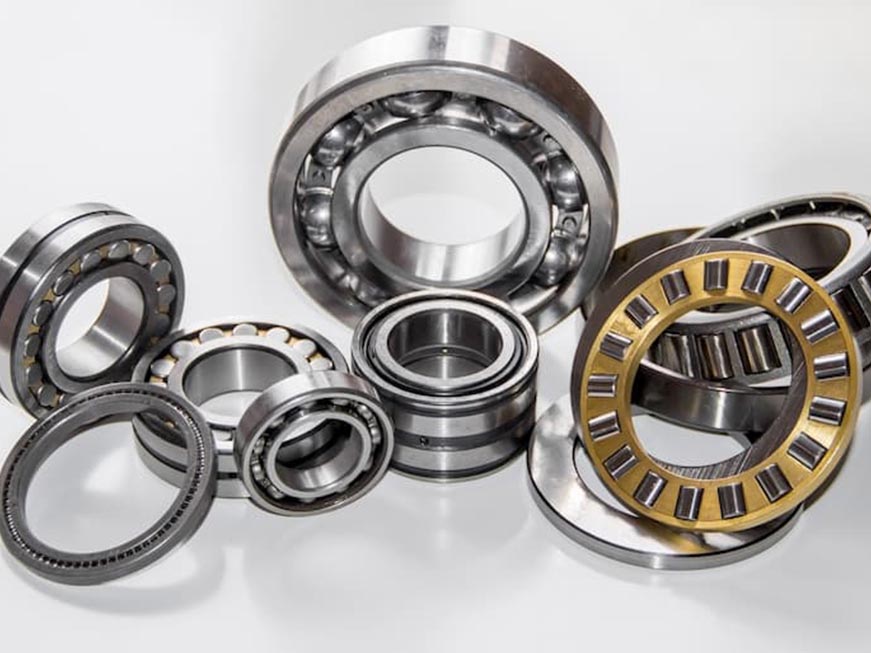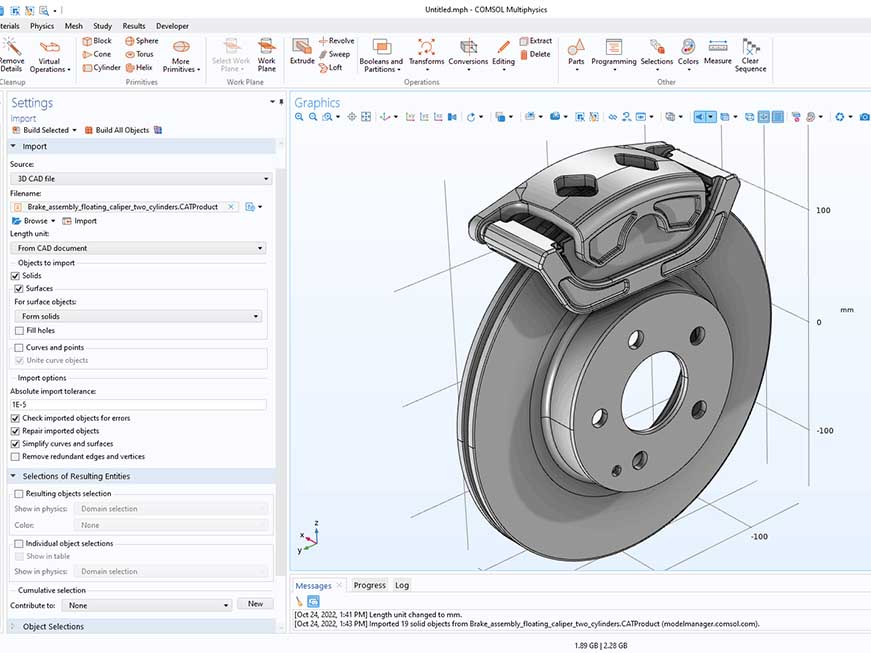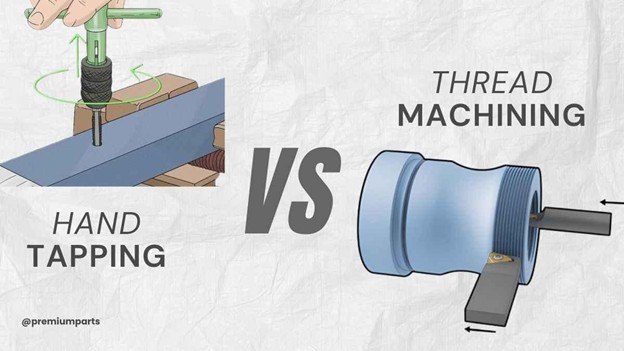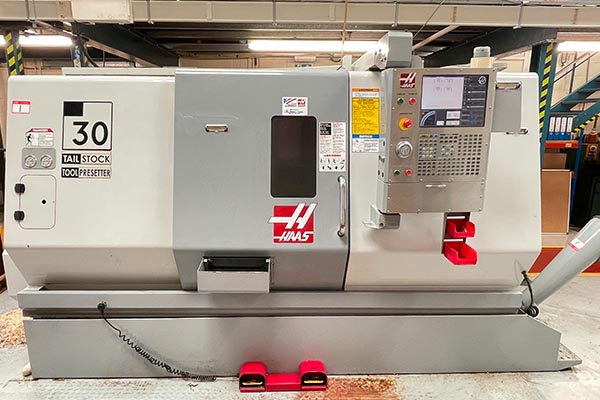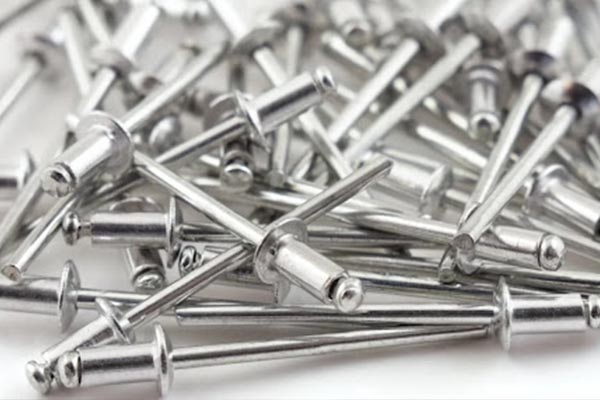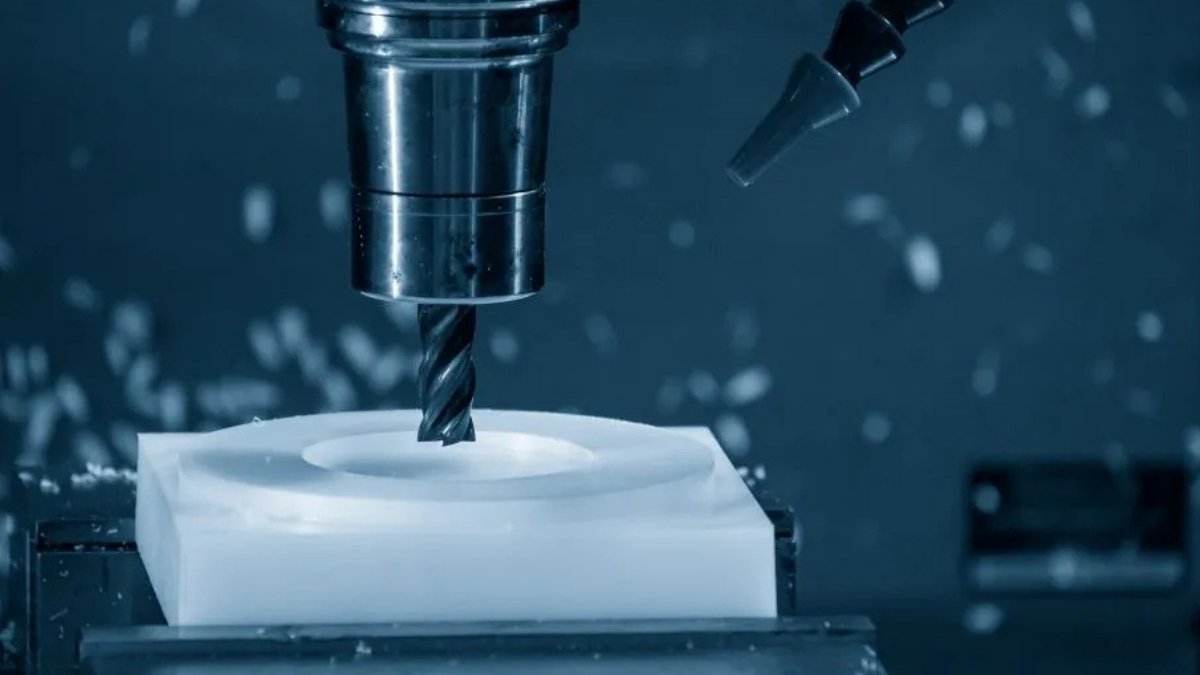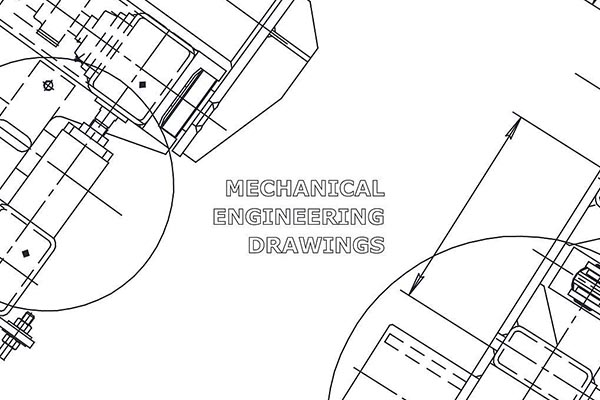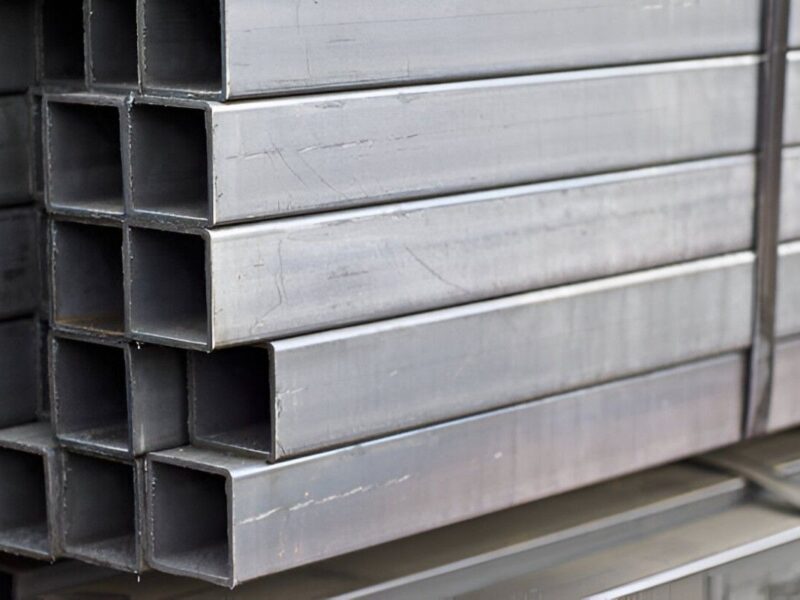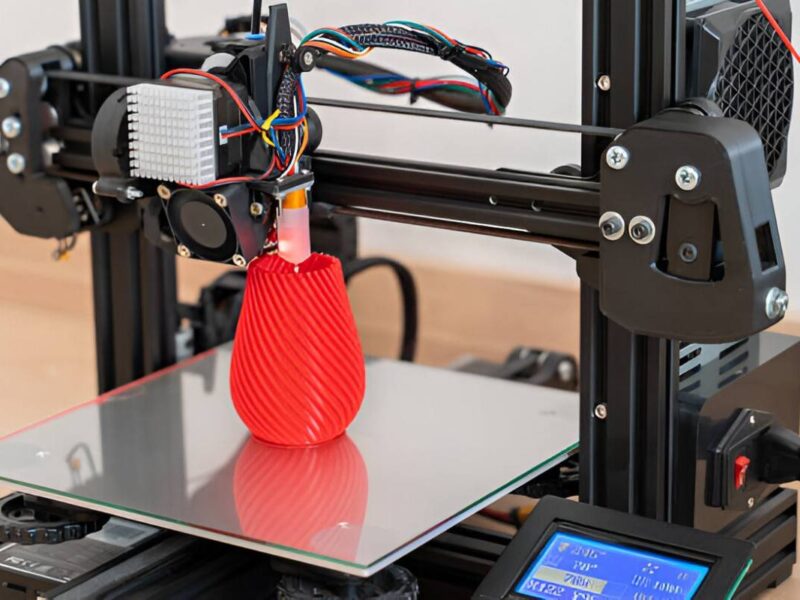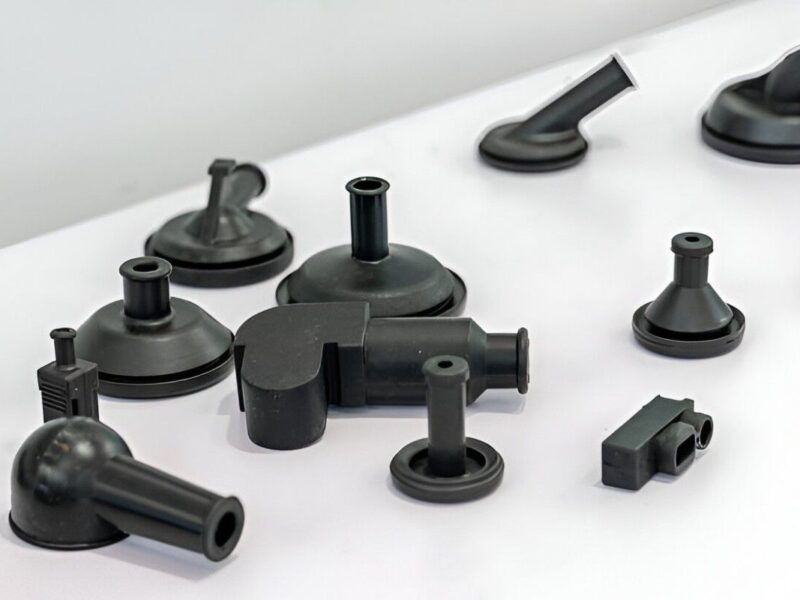The manufacturing industry is vast, and multiple techniques exist to make one product live. From creating the parts to joining and turning them into masterpieces, machines undergo a long process. However, one must be careful of the manufacturing process as every unique product has special techniques. Therefore, you must know what technique you will use for a specific product to get the best outcomes. If you are in the manufacturing industry or interested in it, you might have heard about CNC and conventional machining. Each brings about the emergence of many products and has various advantages and drawbacks.
CNC machining has automated many time-consuming and manual processes. This saves the workforce’s energy by using computerized controls to turn materials into masterpieces with accuracy. Comparatively, conventional machining relies on traditional methods and the skills of operators. It includes manual functionality and fabricates things accordingly.
Let’s explore and compare these machining methods in more detail. We will cover their process, advantages, and drawbacks to help you learn and make wise choices. Let’s dive in!
What is CNC Machining?

CNC Machining
Image Description: The image depicts a close-up of a CNC machining process in operation. A rotating cutting tool is precisely shaping a metal part.
CNC machining stands for “Computer Numerical Control.” It’s a manufacturing process that includes the latest technology and computing systems. It includes automatic controls and tools that work on the materials and turn them into parts. CNC machining merges with traditional machining methods that do not require contact with raw elements. However, it still needs the operator’s oversight using computer technology.
Firstly, the designers will use CAD (computer-aided software) to design the 3D model of the product. Subsequently, a programmer will translate the design file into coding instructions (G-code). Next, he will load these instructions into the CNC machine, and it will start working, such as cutting and drilling the raw material to give it a proper shape according to the model.
Advantages of CNC Machining
It’s the era of technology, and its right use can transform nations. Therefore, CNC is a live example of effortless transformation in the manufacturing industry. CNC machining offers various benefits that add value to many applications. Here are some of them:
Accuracy and Consistency
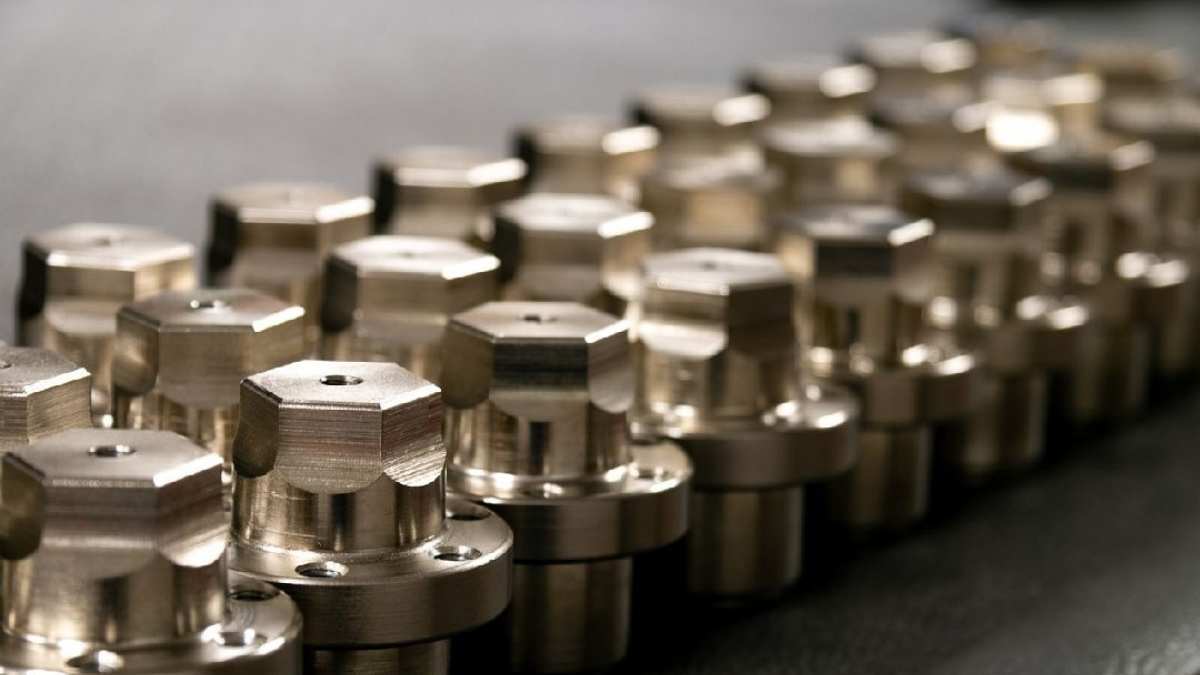
Steel CNC Machined Components
Image Description: The image shows a set of steel components that have been precisely machined using CNC technology. The parts are clean, well-defined, and arranged neatly.
The CNC machines work on the material with an accuracy range of 0.0002 to 0.0005. They make the product the same as the one provided in the CAD model. The code for CAD 3D model design works as instructions that control the movements of the tools. Thus, the results are accurate and precise. Humans are subject to making mistakes, but if there is no mistake in the instructions, the CNC machines work accurately.
CNC methods reduce manual labor and eradicate the risk of errors, offering accurate and consistent results. You can create a batch of products without any change in their design. Moreover, laser cutters and other CNC machinery offer an accuracy of 0.0005 inches, meaning they produce the same products with no error.
Produce Complete Parts with Different Shapes
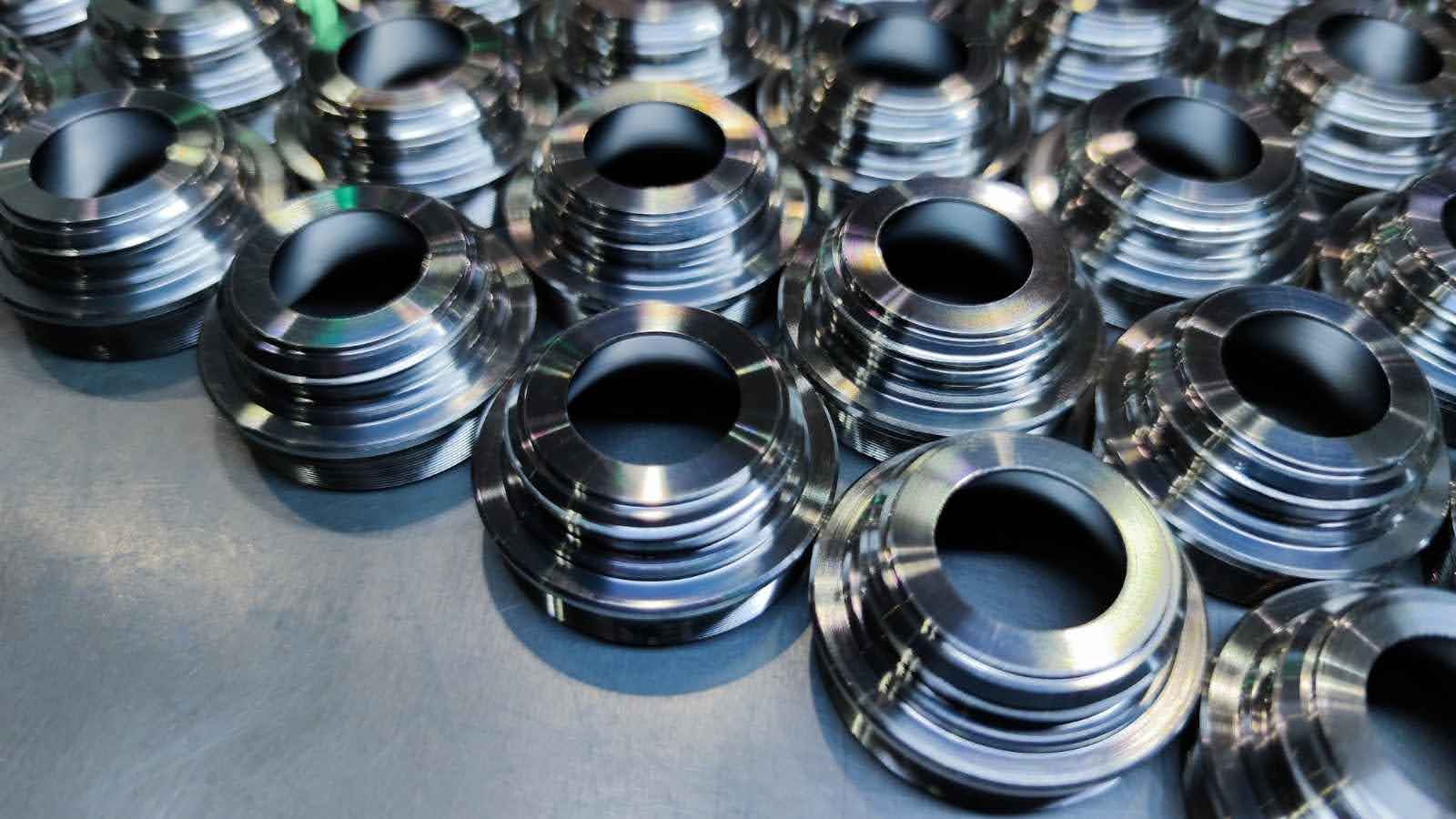
Precision CNC Turned Machined Products
Image Description: The image displays precision CNC-turned machined products arranged neatly to showcase their clean, smooth surfaces and precise detailing.
CNC machinery allows you to produce parts with different and complex shapes. It can process up to 6 axes and can manufacture highly complex products. With the right machine, you can convert any design into a real product. CNC machines have high operational and tolerance capabilities. Thus, they can work on multi-axis with better rotation to create products with intricate specs.
Additionally, the manufacturing process requires different machinery setups to perform different tasks. However, CNC machines can work on multiple axes, requiring fewer setups. They can cut the material at different angles while adhering to the instructions.
Fewer Errors, More Safety
The manual machining process relies on the operator’s abilities. The operator may need to perform different tasks, such as adjusting the tools and changing their settings. During the work, the operator can get tired or miscalculate, which results in errors. CNC machinery works precisely according to the instructions, and it does not include manual labor. So, CNC methods make fewer mistakes.
Moreover, they also ensure safety, such as shutting down automatically in case of any machine error. Thus, they enhance quality, safety, and precision, which manual processes lack.
Produce More in Less Time
The manufacturing industry usually needs parts in bulk. CNC machining can create products in high volume by keeping the same design for all. It follows the programmer’s instructions and replicates them repeatedly. Thus, the products are of high quality and offer error-free operation, leading to less waste materials. Moreover, these machines are fast, allowing more production in less time. In short, the manufacturers can produce as much as they need with flexible time.
Disadvantages of CNC Machining
Although CNC machining is unbeatable in the manufacturing industry, it is still lacking in many areas. With the advantages, with also some downsides, that you should also consider. Here’s the list of drawbacks:
High Investment and Maintenance Cost
CNC machines are comparatively costlier than manual machines. The reason is the computer system, latest software, high-end tools, motors, and controllers. Thus, they are not suitable for small-scale businesses. However, if small businesses have a good investment amount, they can boost their progress. Moreover, these machines need high maintenance, which also costs money. Therefore, CNC machinery is best for large-scale projects requiring Efficiency and large production.
Need Expert Programmers and Operators
As these machines depend on the programming language and 3D model of the product, you need experts for that. A single mistake in the design or coding can lead to massive loss. Unlike manual machines, CNC relies on experts with high technical knowledge. Hiring a programming expert or skilled operator might also cost more. However, CNC machines usually cover this cost by offering high-end products with precision.
What is Conventional Machining?
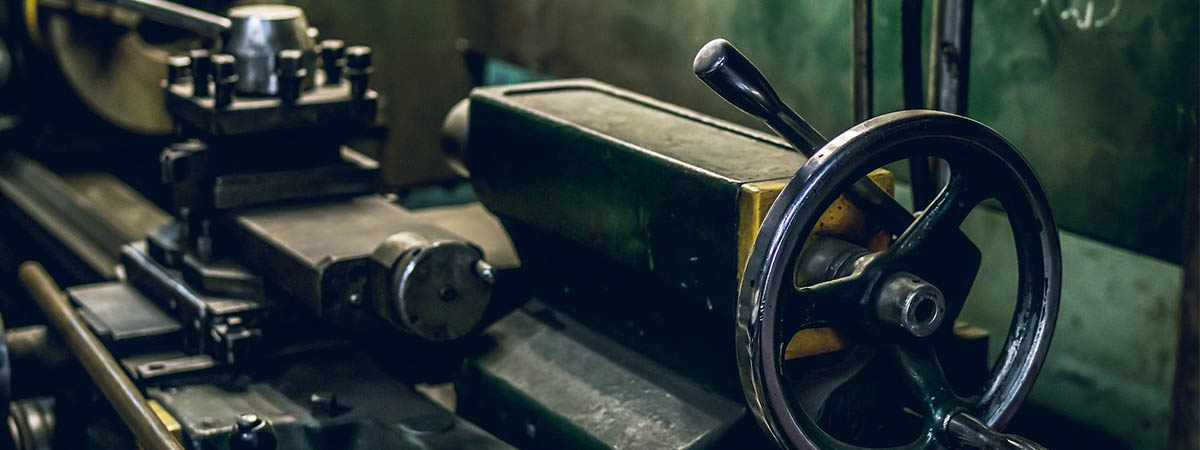
Conventional CNC Machining
Image Alt Text: The image displays a conventional CNC machining setup. It features a spindle and a working station.
Conventional machining requires humans to work with and control the tools. For example, the operator will need to mill, bore, use drill machines, and use other tools. It all depends upon the operator’s selection; he selects the tools according to the design he wants to create. The machinist handles the tools and cuts the workpiece according to requirements. They rely on their experience for speed, depth, and cutting angles.
The operator adjusts the machines according to cutting requirements by carefully observing the process. Conventional machining is the base of the manufacturing industry and includes different processes. From measurements to machining and giving the final look, it is a long-term process.
Advantages of Conventional Machining
Although conventional machining needs manual labor and more attention to detail, it still has some major advantages. Let’s explore them in more depth:
Lower Investment Cost
Conventional machinery is less costly than CNC machines. They are more affordable for startups and small shops. These machines are the best option for entering the manufacturing industry and taking the lead. Start with less spending and then upgrade to high-end technology.
Best for Smaller Production
The conventional method is best for producing small batches of products. Small-scale projects with less cost make conventional machinery an ideal choice. Small businesses can easily adjust the machines and craft items. Moreover, this method is best for trying out new designs with different dimensions before going for large-scale production.
Easy to Change the Design
Experts working on the masterpiece can make changes directly during the process. Moreover, it also offers a customization option if you want to change the design. Thus, this offers more personalization than automatic machinery. CNC machinery needs changes in the code; however, the conventional method is a direct approach.
Disadvantages of Conventional Machining
Conventional machines are, no doubt, the best to create high-quality products. However, there are also some drawbacks to consider when choosing this manufacturing method. Here’s a list of a few of them:
Low Precision and Consistency
Conventional machinery cannot guarantee precision and consistency. You can’t create replicas of the same design with the same angles and shapes in each go. Each design has a huge difference, even if the operator has full control over the tools. Size differences, deeper and shallow cuts, quality of surface, and uniformity are not the same for all products with the same design.
Human Nature: Error
As conventional machining relies on the operator and their skills, there’s a high risk of potential error. An operator can misread, miscalculate, and tire out, which leads to mistakes. Moreover, it requires a single person to complete what he started. Because every person has their own judgment, no other person can copy their design accurately.
Not for Big-Scale Production
The manual method is slower than CNC machinery. It needs special adjustments, tool switching, and expert operating skills. This offers production in less volume and inefficient results. Moreover, it takes longer to produce output, which is not good for large-scale businesses with quick turnaround. Furthermore, it cannot create products with complex designs, and modifications can be expensive.
Needs Expert Operators
Conventional machinery solely relies on operators’ skills, so it needs high expertise. In this technological era, the new generation is unfamiliar with older machinery methods. Thus, all businesses can hire older experts with in-depth knowledge of techniques, tools, and material features. Thus, hiring such a person comes with a price and time.
Comparison of CNC vs. conventional machining
CNC machining is automatic and is a reliable option for massive production needs. However, it is costly and works best for large-scale businesses. On the other hand, conventional machining is best for small-scale businesses and needs manual power. With the above clarifications, you must have copied some of the differences between these two machining methods in your mind. Here’s an overview of them:
| Features | CNC Machining | Conventional Machining |
| Complexity and Accuracy | is an automatic process with pre-programmed instructions that offers high accuracy. It can create complex designs using different angles and is less subject to errors. | It relies on the operator’s manual skills to get maximum output. However, it offers less accuracy and is subject to more errors. It can only create simple designs. |
| Type of Workpiece | Can work on different materials using different tools and techniques. Uses EDM (electrical discharge machining) and waterjet cutting to cut the materials. | Include manual labor and techniques that make it difficult because of tool hardness. Switching between tools according to the material is different. Best for softer materials only. |
| Volume and Efficiency | This method is Best for producing high-volume products with the same efficient design. It reduces production time with automatic operations, offering identical products of the same design. | The operator’s skills and experience are the major tools. However, this method is only suitable for small-level productions. It offers less Efficiency with inconsistency in product design. |
| Cost-effectiveness | It’s rather costly but worth it for long-term benefits. The initial investment might need bucks, but the massive productivity offers the best ROI. It’s not for small businesses. | Lower initial investment, but it includes high labor. It’s not good for large businesses and longer-run operations. Rework and hiring operators can increase the cost. |
FAQs
Q1: Is CNC machining good for small product batches?
No, CNC is not a good choice for small-scale production as it requires a high investment. Moreover, the CNC machines need programming instructions for each process, which takes time. Thus, small setups can’t wait, and they might need changes or a few products.
Q2: Is Conventional machining good for complex parts and operations?
Conventional machining is best at creating basic shapes and does not support complex angular rotation. Its actions, such as turning, milling, and drilling, make it best for projects with simple designs.
Q3: What are the skill requirements for CNC and Conventional Machinery?
CNC and conventional machinery both require high expertise. CNC requires a good programmer and designer for precise operations. One programmer can create a program that can lead to mass production of products. Conventional machinery requires manual power, so high expertise is necessary. We need more experts to carry out more tasks.
Conclusion
Now you know the major differences between CNC and conventional machinery. However, the choice depends upon your needs and goals. Both have benefits and come with a few drawbacks, but your budget and requirements are the decision-makers. While the traditional conventional method is less costly, it does not meet the era’s needs. However, CNC has more cost.
How about Premium Parts’ CNC machining services? You won’t have to invest in heavy machines, as we can offer precise and high-quality products according to your requirements. From multi-axis to CNC milling and lathes, we ensure we fulfill your requirements. Contact us for any query and quotation.


